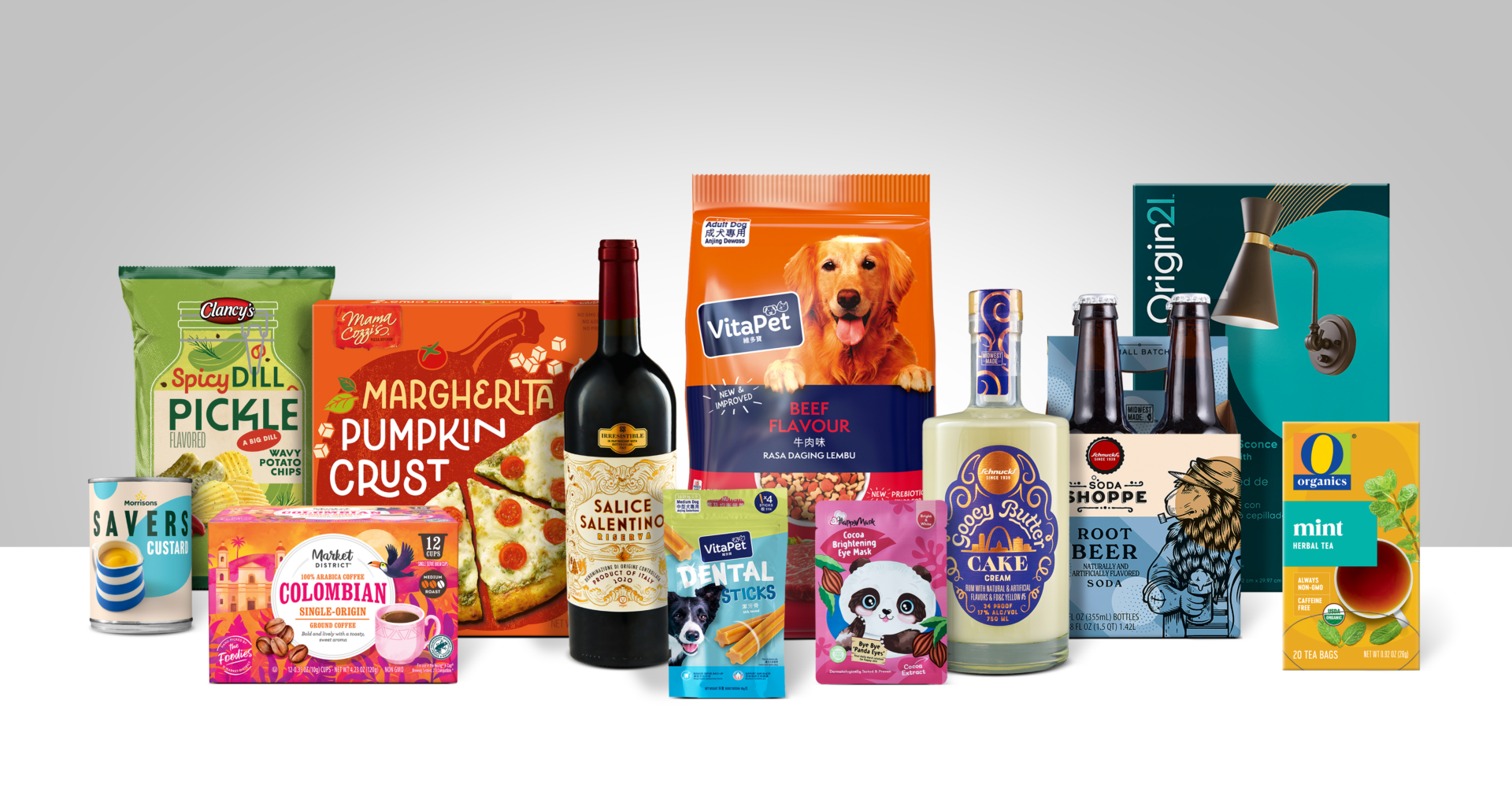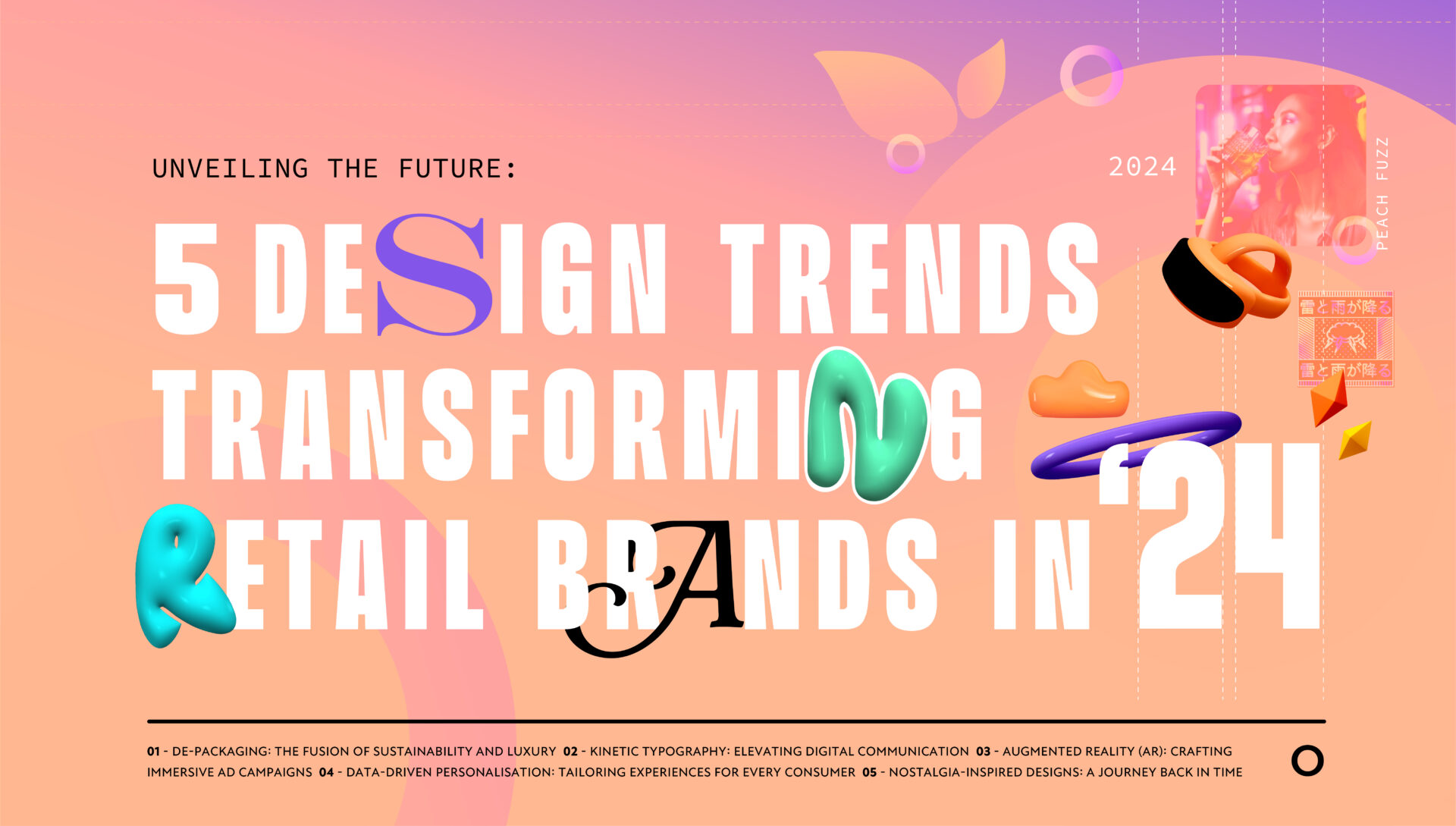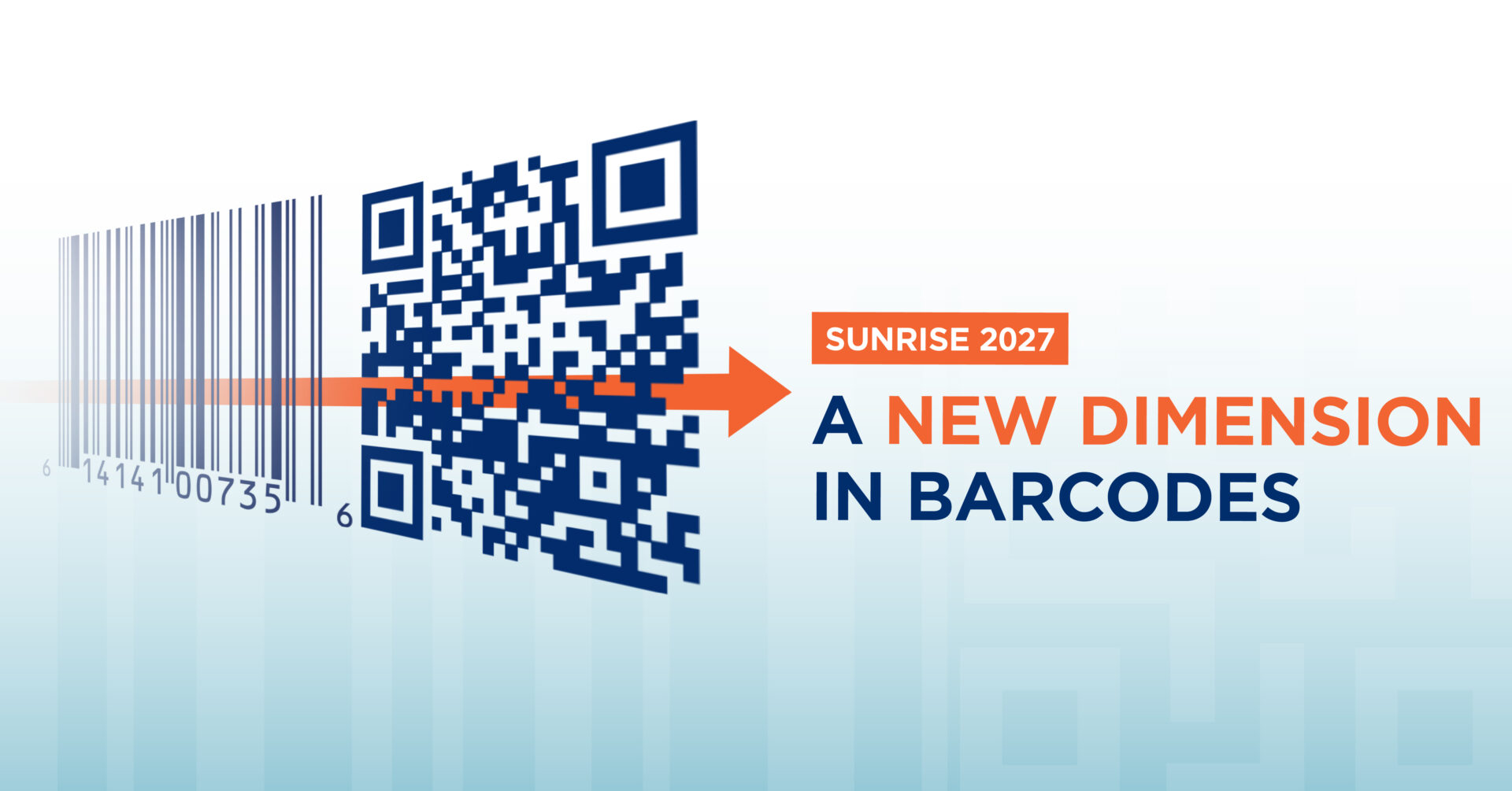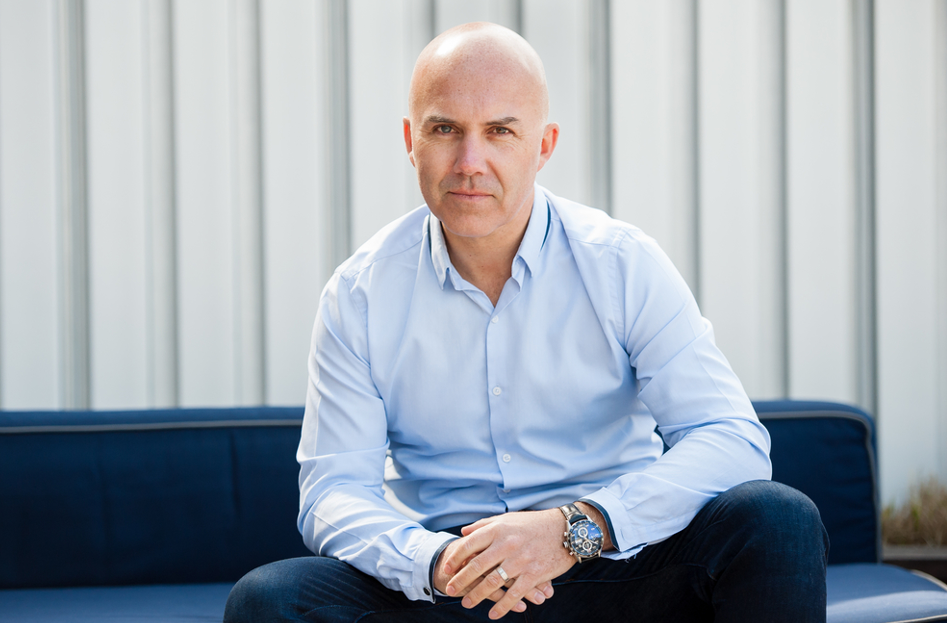PAUSE TO GET READY – WHY RESEARCH IS CRUCIAL NOW AS LIFESTYLES SHIFT AND BUSINESSES READY TO HIT THE ACCELERATOR
Confidence is returning to CPG. That is to say, as vaccine distribution numbers rise and R-numbers fall, we as individuals are beginning to feel there is a light at the end of the tunnel. Retail brands are likewise beginning to feel as though they are standing on solid ground again and, despite remaining vigilant, supply chain concerns are decreasing – and for the time being, brands are riding high on a wave of trust and appreciation on the part of consumers.
This opens up a potential pitfall for brands, however. While a blissful ride on consumer goodwill may sound appealing, those brands which do not search for the next wave may sooner or later find themselves run aground.
That’s because when we look at the retail landscape and future consumer behaviour there are countless unknowns.
What we do know it that consumers are highly unlikely to fall back into their former, pre-Covid purchasing patterns and habits. In fact, almost 70% of adults say they have adopted new food buying habits during the pandemic that they intend to stick with in the long term, a new UK-based study reveals. If we look at the wider change in consumer lifestyles, we can see a similar phenomenon taking hold in remote working. Widespread analysts have predicted that the longer individuals work remotely, the more likely they are to continue do so after pandemic lockdowns cease. Overall, it’s projected that 25-30% of the workforce will be working from home multiple days each week by the end of 2021.
The shift in consumers’ day-to-day lifestyles is so immense, there’s little wonder so many commentators call it “seismic”. The dramatic changes to our lifestyles brought on by the pandemic will have inevitable, irrevocable social and economic impact, which will manifest in our values and behaviours indefinitely.
There’s a lot of chatter about this year feeling different – and it is. The pandemic has thrown trends into warp speed… from low/no alcohol beverages and wellness & health crossover products, to a willingness to try more eclectic food preferences in replace of travel, to doing the “big shop” once per week, to the growth trajectory of private brand.
Against this backdrop, practising a hunker-down mentality focused on keeping the essentials on shelf will not be enough. Instead, brands should lean on insight to develop products and services which encourage buy-in and engagement across channels.
Retailers should aim to develop new offerings which encourage consumers to come back to shopping in-store, as well as omnichannel promotions which drive sales online. In this way, brands can support consumers’ and reap the benefits of giving consumers what they want: breaking from mundanity and introducing them to immersive, rewarding experiences.
But if we don’t know what the experiences consumers want, how can we plan? This, in a nutshell, is the reason research is crucial.
The case for research – right here, right now
Just as being a good communicator is down to being a good listener, being a great retailer is down to tuning in to the voices of consumers.
Bringing a product or service to market can be thrilling, but before investing too much to expand in a new direction it’s important to determine how this new offering is likely to land once on shelf in front of the intended audiences.
There is a wealth of information to be learned by engaging in research and trials, such as…
- Understanding consumer motivations
- Ascertaining first impressions and likelihood to purchase again
- Comparing and contrasting your product against similar products in the market
- Determining which product qualities chime with current consumer values, local/authentic/healthful/sustainable etc
- Test whether you’re using right cues to trigger consumer recognition within the target category
- Determine whether key differentiators are being communicated effectively
Gaining actionable insight into how consumers react to your new-to-launch product will help to prevent missteps and ensure that resources are focused in the direction most likely to yield positive outcomes.
Given the migration to ecommerce, it’s important to take an omnichannel approach. What are the supplemental content forms most likely to prove a hit with the audience? Will this content educate, entertain, and build brand loyalty? Will it encourage consumers to shop in-store as well as online?
Experiential marketing campaigns – certainly, hot topic circa 2019 – understandably all but evaporated with the onset of COVID-19. But as market analysts urge retailers to develop enhanced physical shopping experiences which will help to increase awareness, trust, and loyalty among consumers, it’s vital that brands determine which in-store experience will capture the imagination and promote engagement.
This Spring, consumers and businesses alike are ready for a rebound, however if you’re a brand questioning which direction customers will go when once economies, travel and family gatherings spring back into action, it may very well be the right time to invest in research.
For many brands, this Spring is an ideal opportunity to explore research and trialling strategies – particularly for businesses that have budget left over at the end of the year and are looking for ways to invest resource effectively. Research is a great place to invest that unused capital.
After all, brands that skip market research and testing may save up front, but end up paying more in the long run. Getting it wrong in this environment could mean losing that initial buy-in when consumers look to make up for experiences lost to COVID-era restrictions – and in turn losing the customer for good.
Building research into plans shouldn’t be billed as an added luxury, it should be an essential step in the product/service launch journey – now, more than ever.















